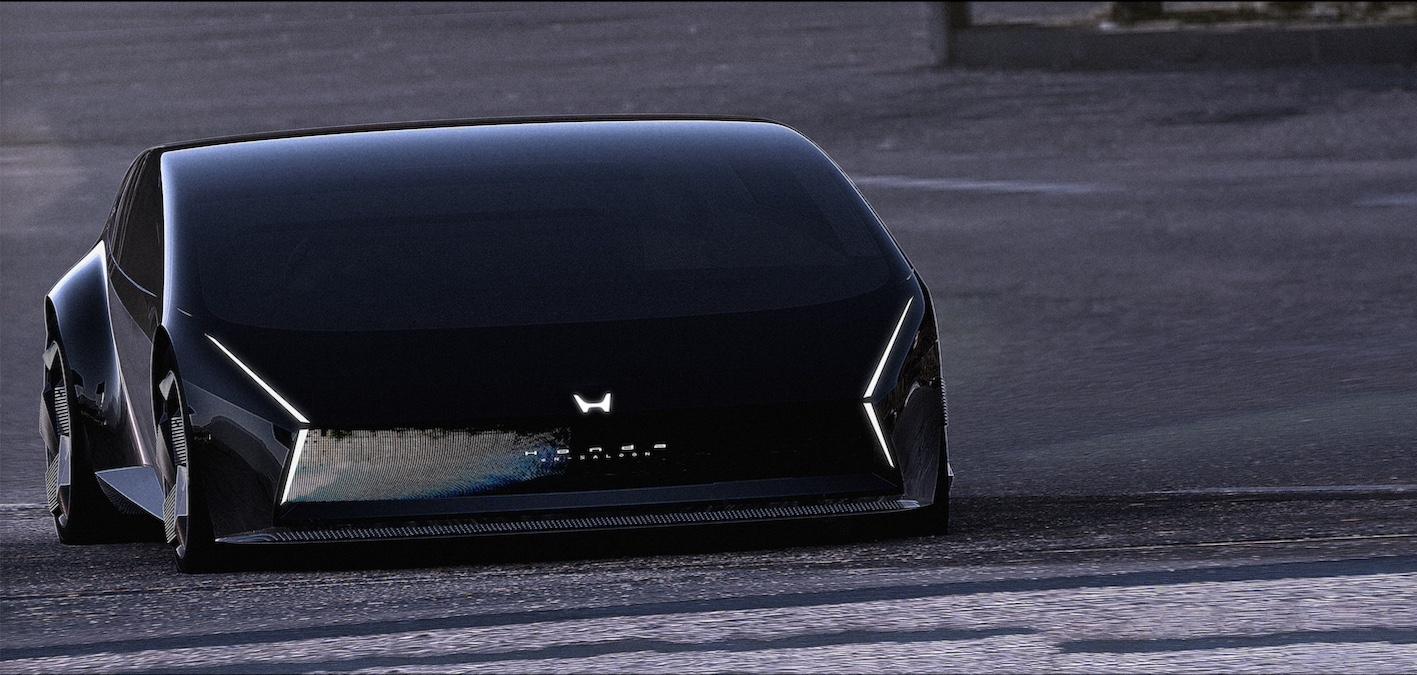Package Layout and Design
Mr. Minami: As you know, the package layout is extremely important in car design. It involves decisions like where to place the engine and how and where to seat the passengers. In most manufacturers, such tasks are typically handled by the body design department. However, from the early days, when Mr. Iwakura was a director at Honda, there has been a belief that the package layout should be part of the Styling design department to create beautiful and innovative forms. That’s why, from the very beginning, the Styling design department at Honda has had its own layout group.
*Shinya Iwakura: Graduated from Tama Art University in 1964 and joined Honda Motor Co., Ltd. He was involved in the development of notable models such as the CIVIC (1972), ACCORD (1976), PRELUDE (1978), CR-X (1983), and ODYSSEY (1994). He served as Senior Managing Director of Honda R&D Co., Ltd. and Managing Director (in charge of product development) of Honda Motor Co., Ltd. After leaving Honda in 1999, he became a professor at Tama Art University and also served as a visiting professor at Ritsumeikan University, the Central Academy of Fine Arts in Beijing, and Tokyo University of Science. He is an Honorary Professor at Tama Art University and holds a Ph.D. in Management from Ritsumeikan University.
Namba: So, there was originally a package layout group within the styling design department?
Mr. Minami: Yes, from the very beginning. That’s how we were able to design cars like the Prelude with such a low hood.
So, when I first joined the company, I thought that’s just how car companies were. But as I moved up in my position and started to understand how other companies worked, I began to think, “Wait, maybe our company really is a bit unusual.“
At first, I did think it was strange. But as I got more involved, I started to see it as a strength. For example, when I was designing, I could think, ‘Maybe we should set the side window glass a bit more upright?’ or ‘Laying it down too much is becoming too common.’ In the end, you can’t do styling design at all if you don’t understand cars yourself.
So, I take great pride in saying that I’m quite skilled as an engineer too. I have a substantial understanding of cars. Without that, you can’t grasp package layout.
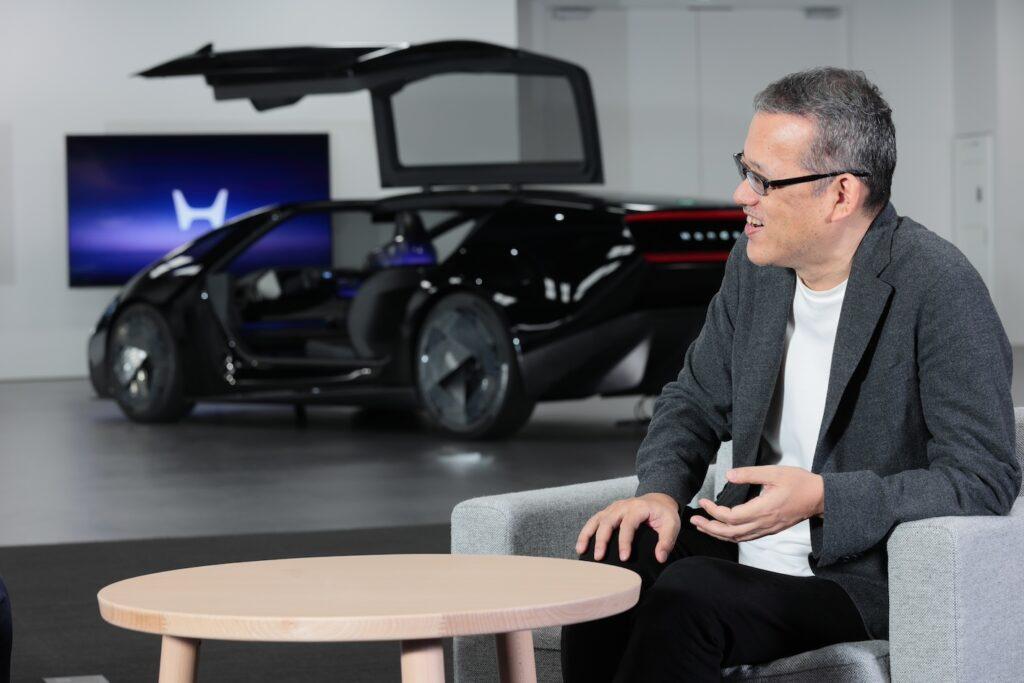
PHOTO: Hiroya Yamagami
Mr. Minami: The Honda 0 Series SALOON is essentially an evolution of Honda’s original “MM” (Man-Maximum, Mecha-Minimum) philosophy.
Namba: Yes, by revisiting the MM philosophy in its purest form, it has been successfully expressed using modern technology.
As you mentioned, when it comes to package layout, in a side view, the car’s proportions are determined by the placement of the engine, transmission, pedals, and seats. The expression of the MM philosophy is not just about minimizing the mechanical components when viewed from the side. Instead, I feel that the Honda 0 Series SALOON expresses the MM philosophy in three dimensions.
Mr. Minami: I read your article, and I was moved to see that you had drawn a down view. It made me feel grateful that someone truly understands the meaning behind what we’re doing.
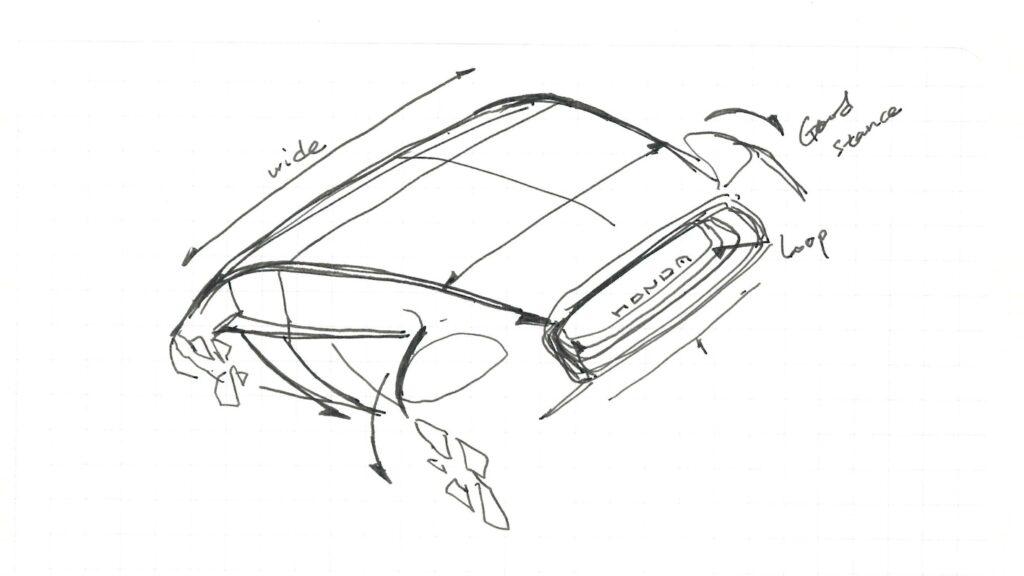
PHOTO: HONDA
Mr. Minami: It all started when I chose a single sketch with the upright side windows and decided, “Let’s fully commit to this.
But with a low-height car, slanting the side windows would easily make it look stylish. That’s precisely what we shouldn’t do, as it’s not a sports car.
We’re particularly focused on this glass roof. With today’s technology, glass offers better formability and is also much lighter. It can even be darkened with polarization.
That’s truly a result of the evolution of modern technology. It can also function as a regular roof. And if the overall height is reduced, the exposed surface area decreases, improving aerodynamics and reducing unnecessary energy consumption.
Namba: But lowering the overall height significantly reduces head clearance. With a standard steel roof structure, there’s a limit to how much interior space you can achieve. So, when I saw the use of a glass roof, I thought it was a clever solution.
Mr. Minami: That’s why, unless you really understand cars, you won’t grasp why we’re doing these things.
But the customers don’t need to know all the details. What we want them to feel is, “Wow, there’s something special about this.” We want them to think, “I don’t get this sense of space with other cars, but this one feels roomy,” or “Why is it that even though this Honda is so low, it still feels so spacious?”
What’s important for customers are things that are easy to understand, like spaciousness, a sense of openness, good visibility, comfort, and a pleasant ride. I love driving, but if left unchecked, everyone tends to lean too much toward the “driving” aspect.
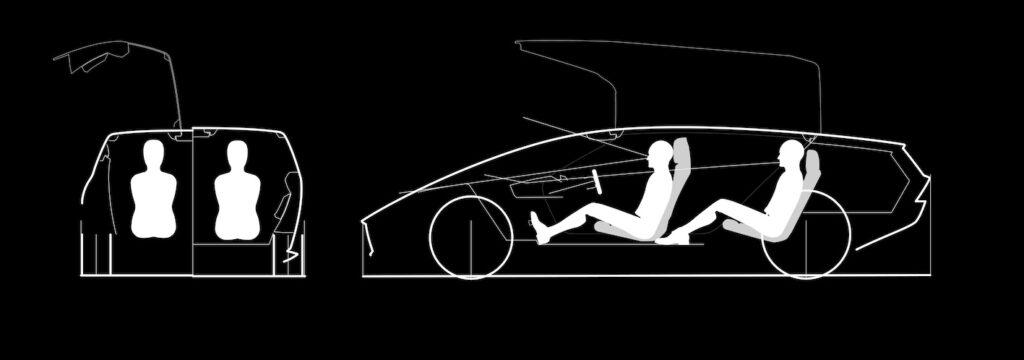
PHOTO: HONDA
Namba: When we previously talked about the Honda 0 Series SALOON, you mentioned that, until you arrived at this design, the designers were only producing sketches that were extensions of what had been done before. Could you elaborate on that a bit more?
Mr. Minami: Oh, yes, I certainly can.
Namba: For example, could you reveal some sketches, like, “This is what the previous drawings looked like”?
You once said that you told the designers, “You have to create sketches that make even people who aren’t particularly interested in cars look back and think, ‘Wait, something different just showed up,’ or ‘That’s not the usual design.’ If not, don’t even bother showing me your sketches.” After that, you said the outputs from the designers started to change.

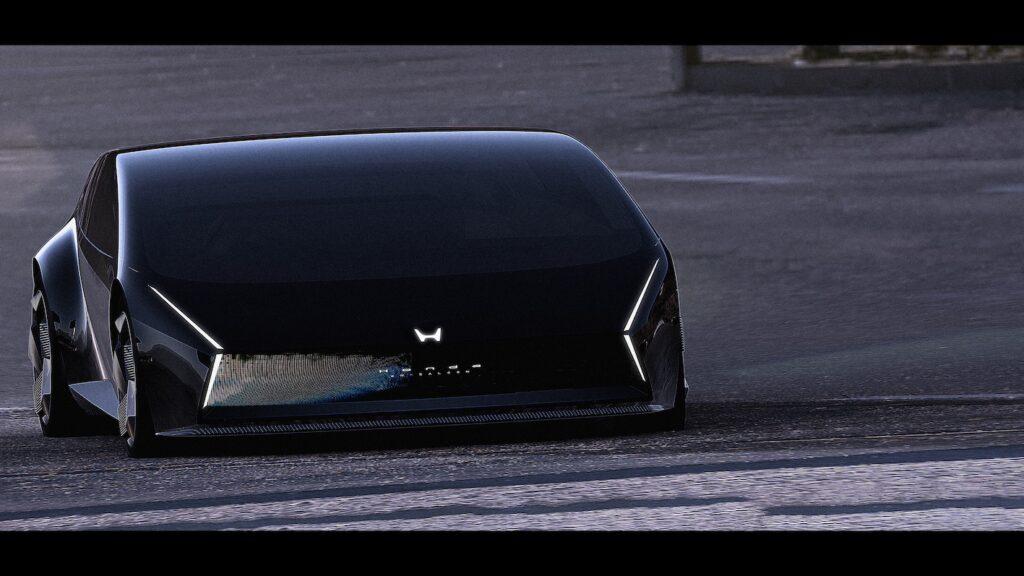
PHOTO: HONDA
Mr. Minami: Another thing I said that I found quite interesting was, “When we talk about a flagship, we’re referring to a class like the Legend, right? For example, if this car were to be the most expensive in Honda’s lineup, the president would be riding in the back. So, what kind of car would you think looks cool for our boss to be riding in?” And then, they actually came up with a sketch of Mr. Mibe sitting in the car.
Namba: I’d love to see that sketch if possible.
Mr. Minami: Just throwing out a few key phrases like that can change everything. They’re all talented designers.
But in a group or a company, people tend to create their own limitations, thinking, “We can’t do this,” or “We shouldn’t go that far.”
Namba: The more experienced people are, the more they tend to think that way. They end up shutting themselves down, thinking, “There’s no point in proposing this; it will just get rejected anyway.”
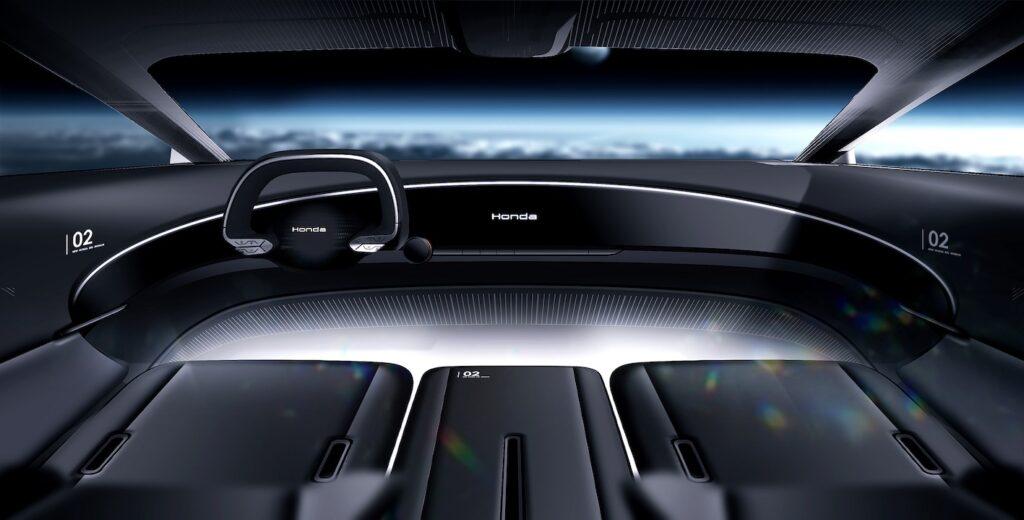
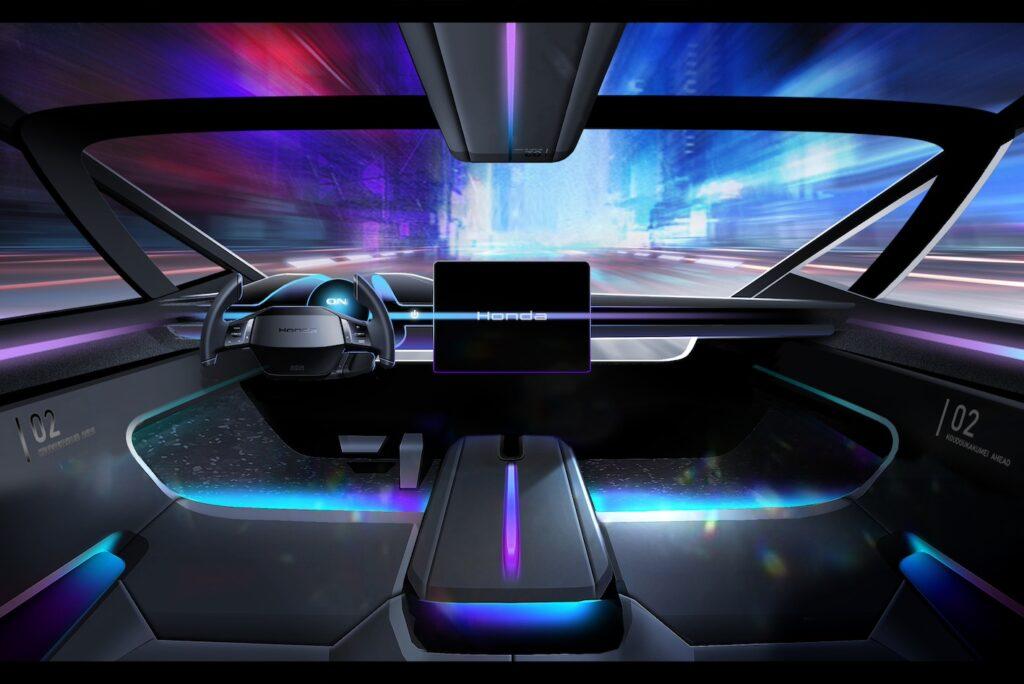
In the case of the interior, this would not be possible without the cooperation of suppliers. In this aspect, the hurdle to realize the proposal is higher than that of the exterior.
In the sketch below, the pedals are still there.
PHOTO : HONDA
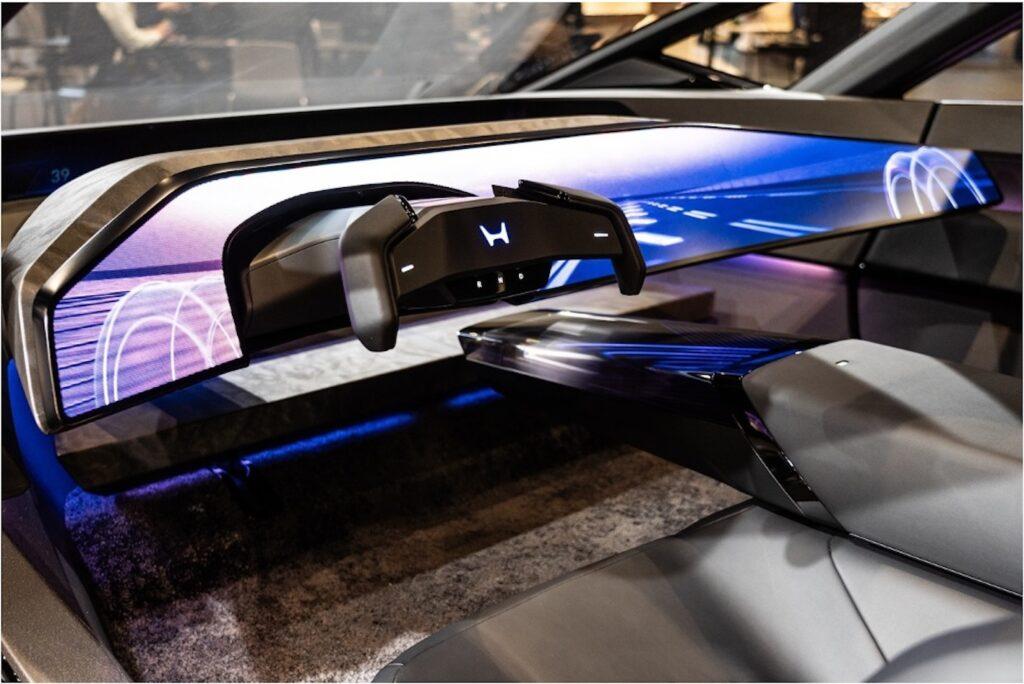
PHOTO: Motorfan

PHOTO: HONDA
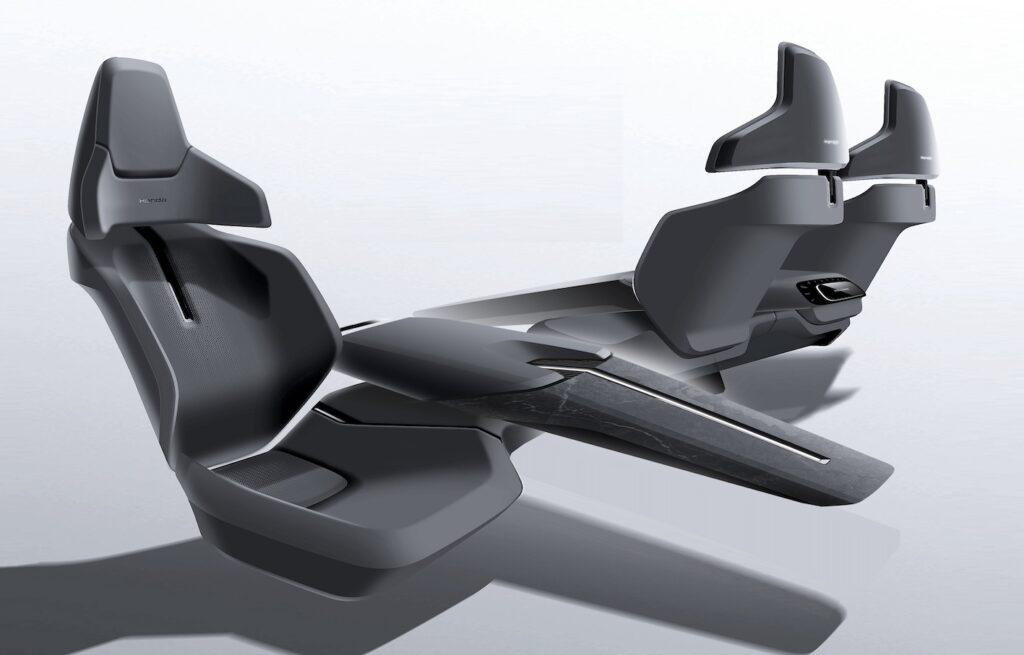
PHOTO: HONDA
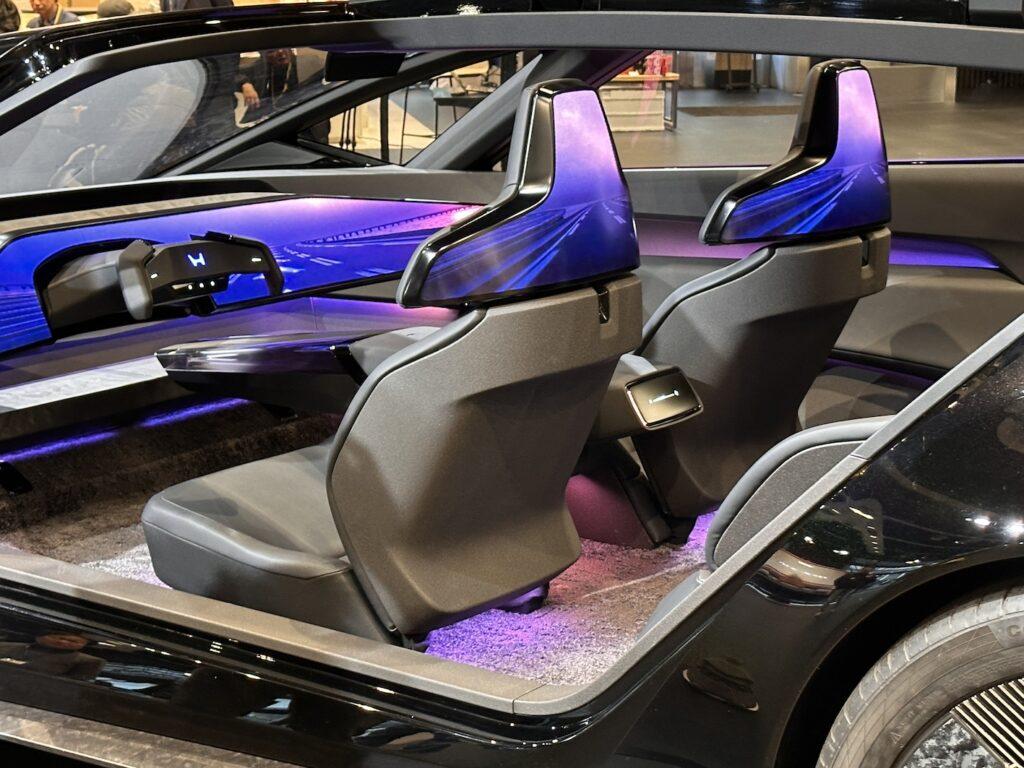
PHOTO : Motorfan
Namba: This concept car carefully represents the future design direction of Honda’s electric vehicles. It reaffirms the MM philosophy’s spatial concept for BEVs and presents an exterior styling made possible by the new architecture.
It also seems to have been seriously considered with mass production in mind, giving the impression that it’s different from a “firework-like” styling concept car.
Therefore, both the exterior and interior are well-synchronized, giving the impression of a highly balanced and cohesive design.
However, I believe many people, including the general public, think, “It won’t end up like this when it goes into mass production, will it?”
Mr. Minami: We are moving forward to ensure people don’t think that way. However, making this a reality is truly challenging. It requires investment, and I’m going around within the company, bowing my head, to get support all the way through to production.
Additionally, for things like the HMI (Human-Machine Interface) display, we are also receiving cooperation from overseas suppliers, and I’ve asked our designers to create the most beautiful HMI in the world. So, I believe that what we have proposed, both inside and out, can be realized almost exactly as it is.
Namba: Really? That’s incredible! This isn’t just about expressing novelty on the surface; it’s a proposal for a fundamentally new design from the very framework of the car. That’s what I truly believe “design” is all about. I’m eagerly looking forward to it.
Thank you very much.
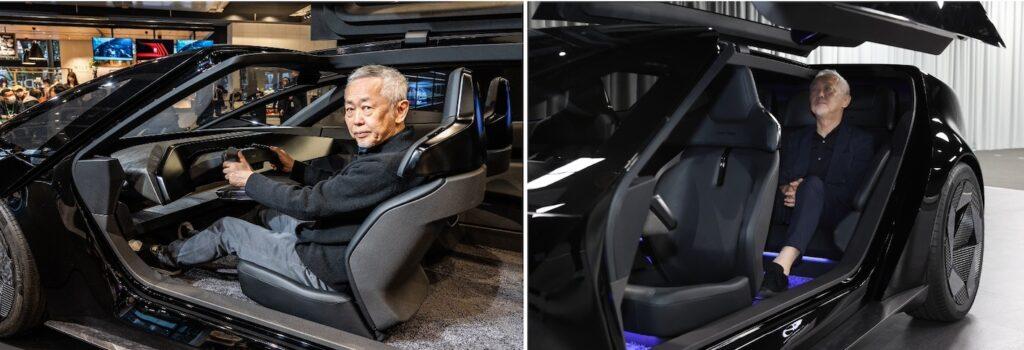
Right: The rear seat, taken during this interview, showing my seated position at 174 cm tall. You can see the reason for having a glass roof. When the door is closed, the headspace feels slightly cramped. From a global perspective on body size, this might need improvement when the SALOON moves to mass production.
PHOTO: Hiroya YAMAGAMI, Motorfan
[ My Opinion ]
The Honda 0 Series SALOON is a car featuring a new architecture, developed with a unique platform designed specifically for a BEV. If we consider the first generation of BEVs to be those that simply lack an engine under the hood, this could be the car that leads the long-awaited second generation. I sincerely hope Honda will take this bold attempt all the way to mass production. That might just be the answer to the question, “Is this truly Honda-like?” There haven’t been any cars with a strong, innovative, and original proposal among recent Japanese cars, which only heightens the anticipation even more.
However, the hurdles toward mass production are by no means low. Considering profitability makes it even more tempting to hesitate, but I sincerely hope they move forward without making any half-hearted compromises.
Unless a step forward is taken somewhere, the company cannot envision a leap in its growth.
Honda’s design department seems to hold a unique position, even on a global scale. While much of the world focuses on marketing-driven product development and styling within conventional boundaries, leading to a flood of products with minimal fundamental differences, I feel that Honda’s ability to make proposals from the very foundation of the structure is where the true value of the company lies. This is something I genuinely value and look forward to seeing more of.
by Editor-in-Chief: Osamu Namba
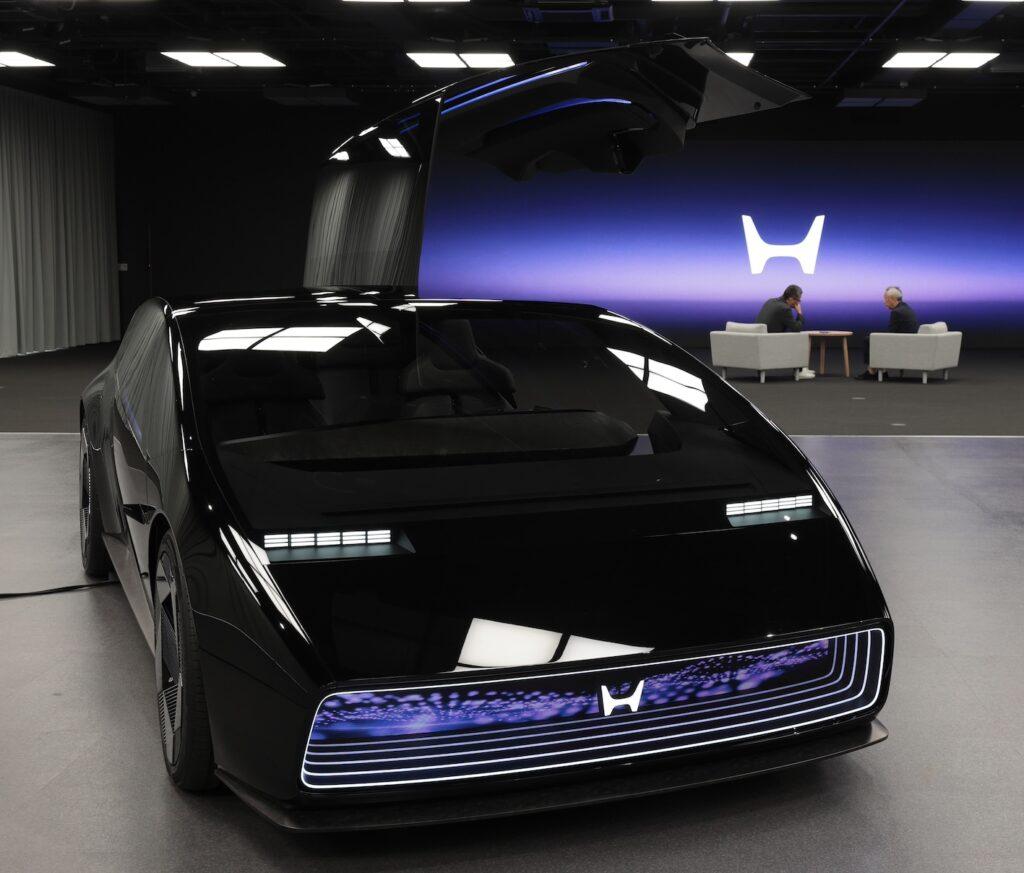
Here are some exclusive shots from inside the studio during the development of the SALOON.
All image materials were provided by Honda.
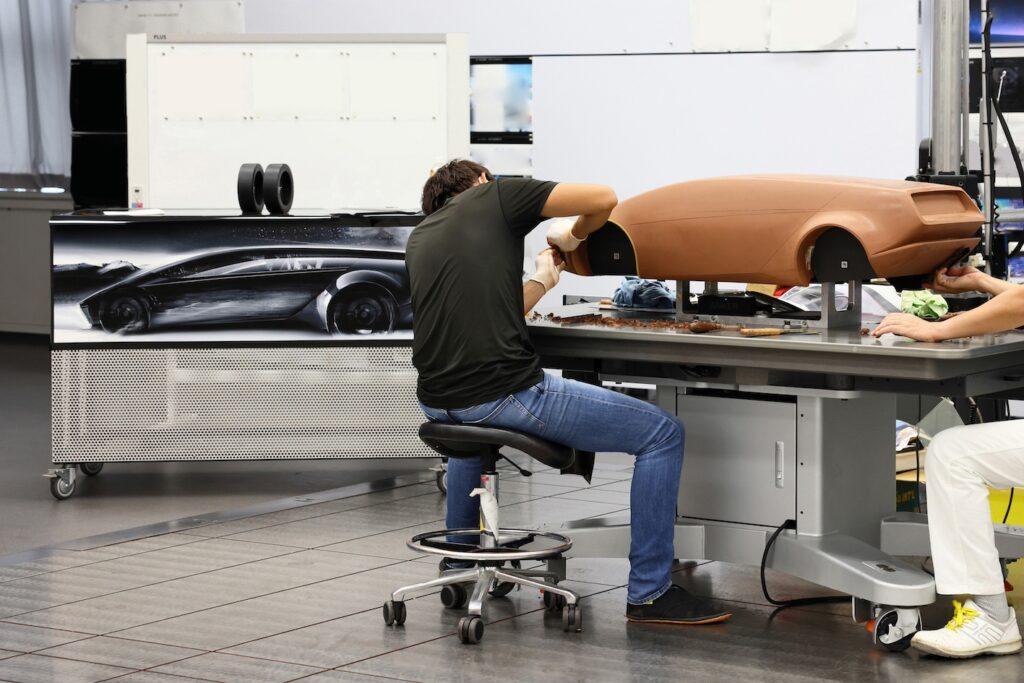
PHOTO: HONDA
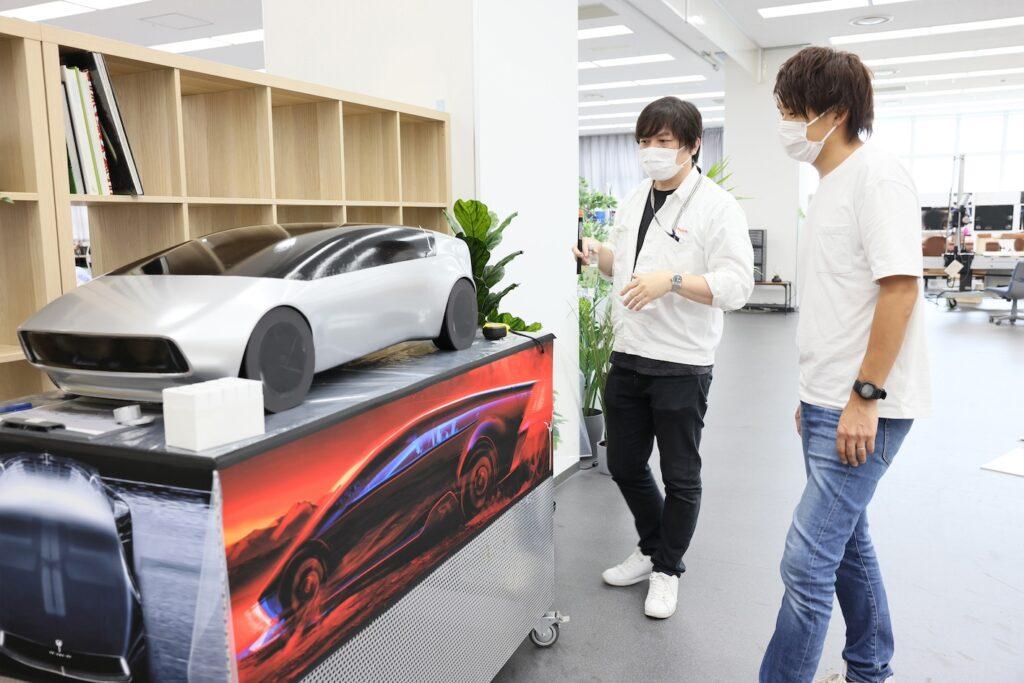
PHOTO: HONDA
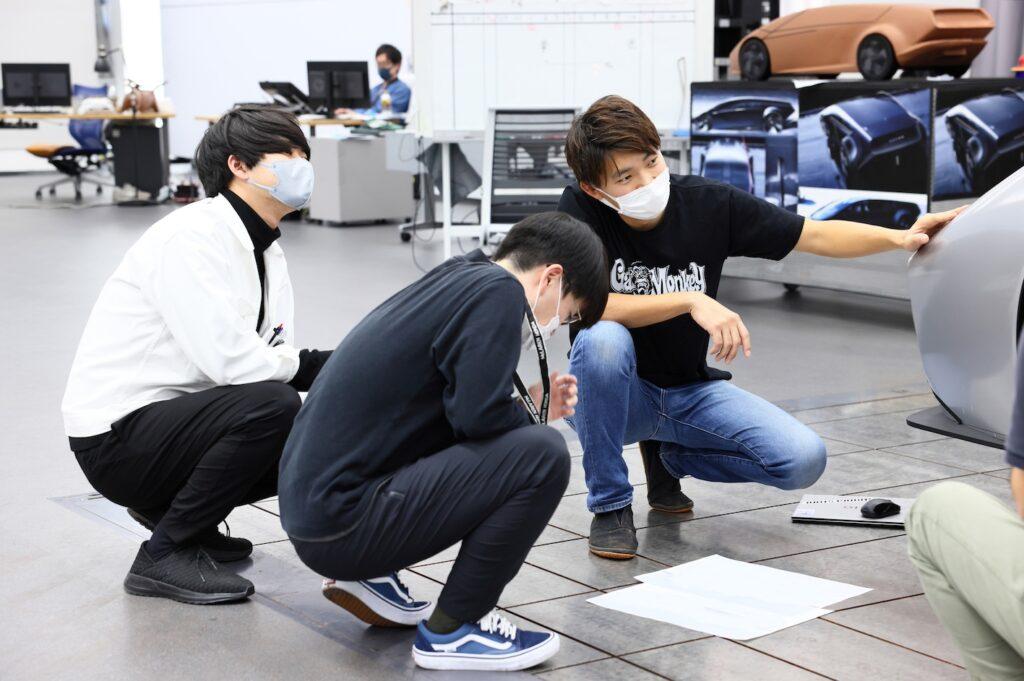
PHOTO: HONDA
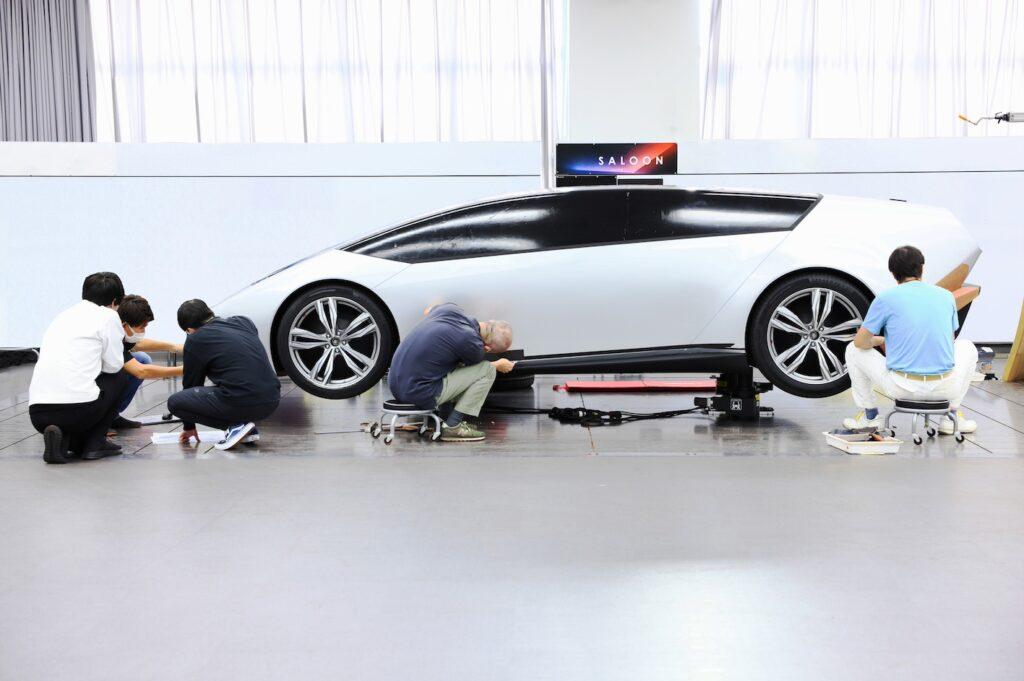
PHOTO: HONDA
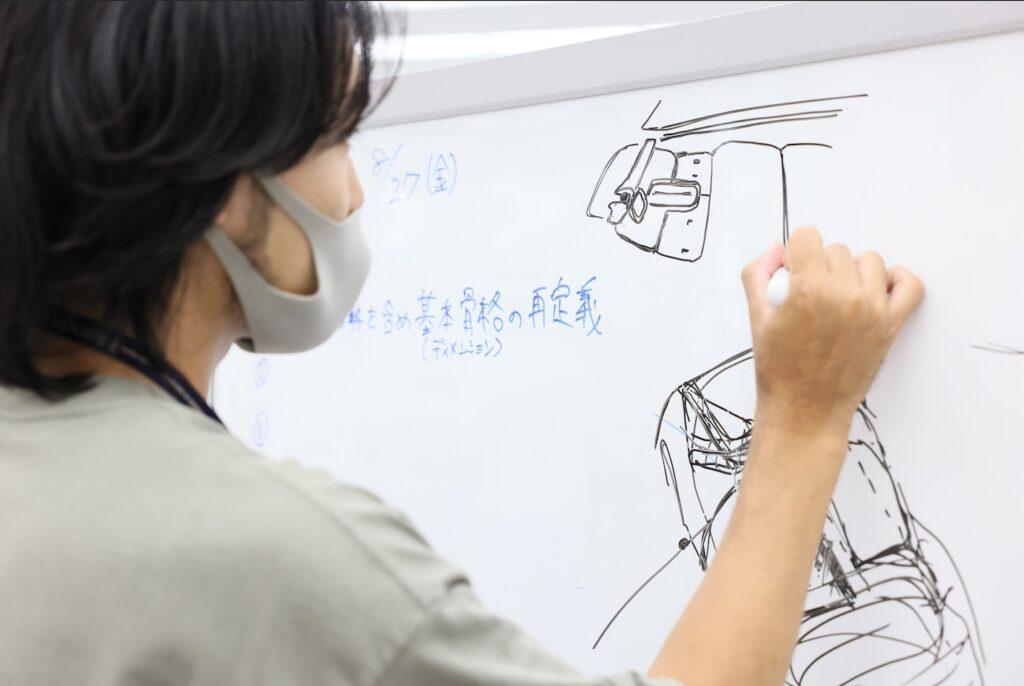
PHOTO: HONDA
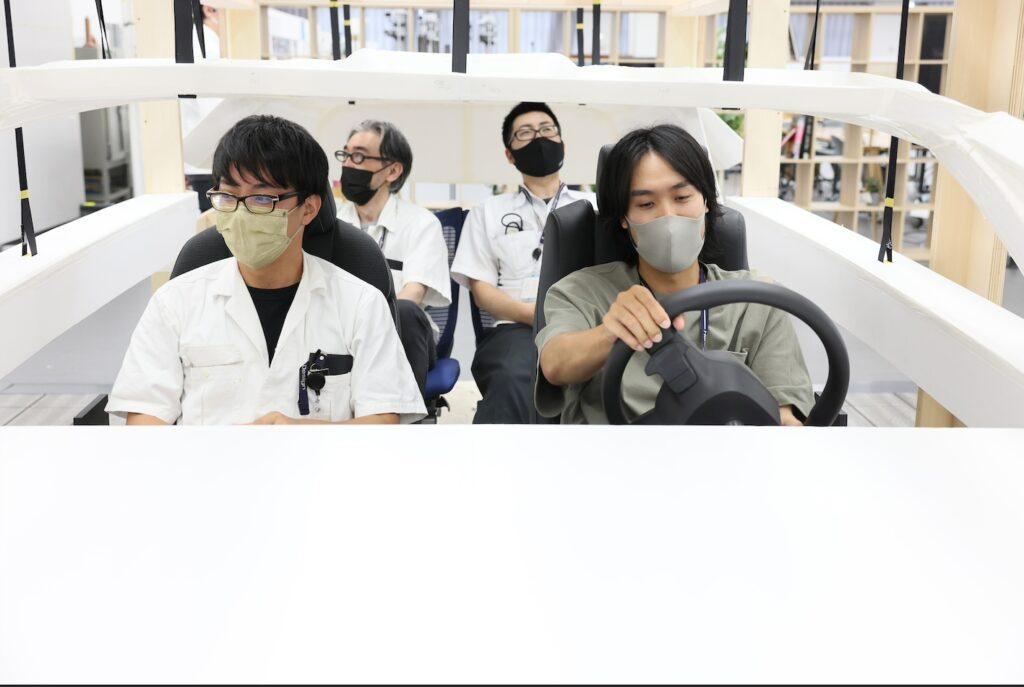
PHOTO: HONDA
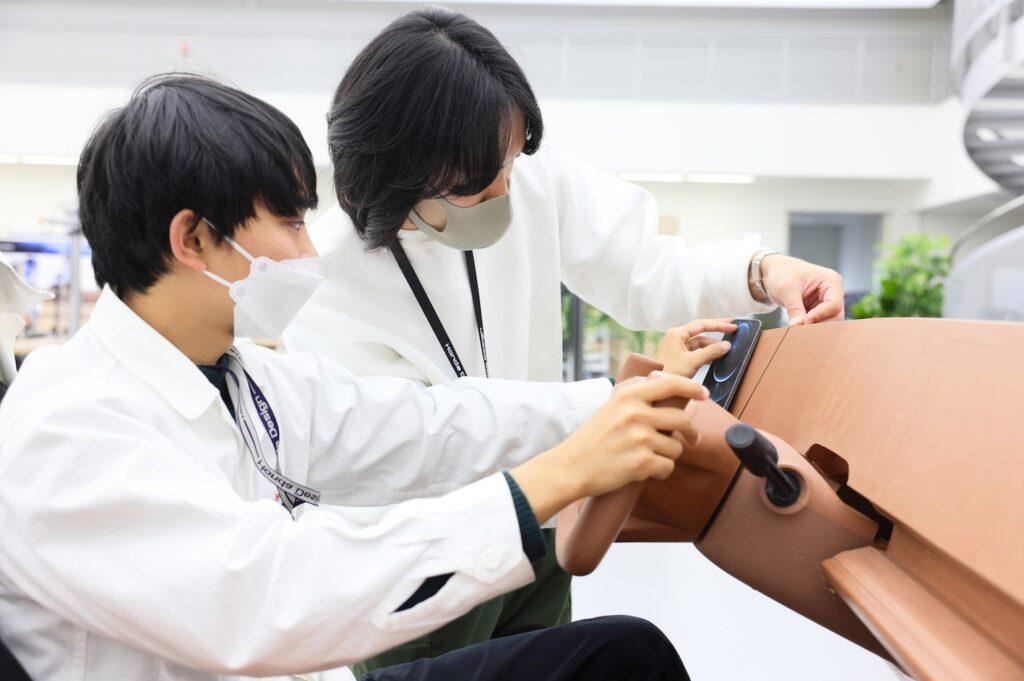
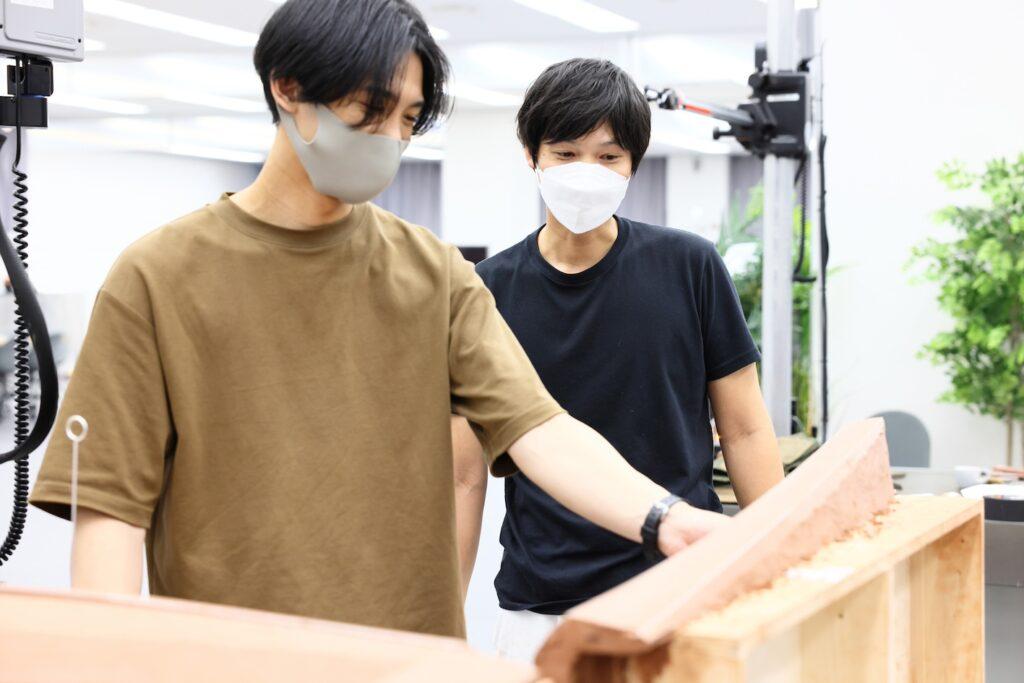
PHOTOS :HONDA
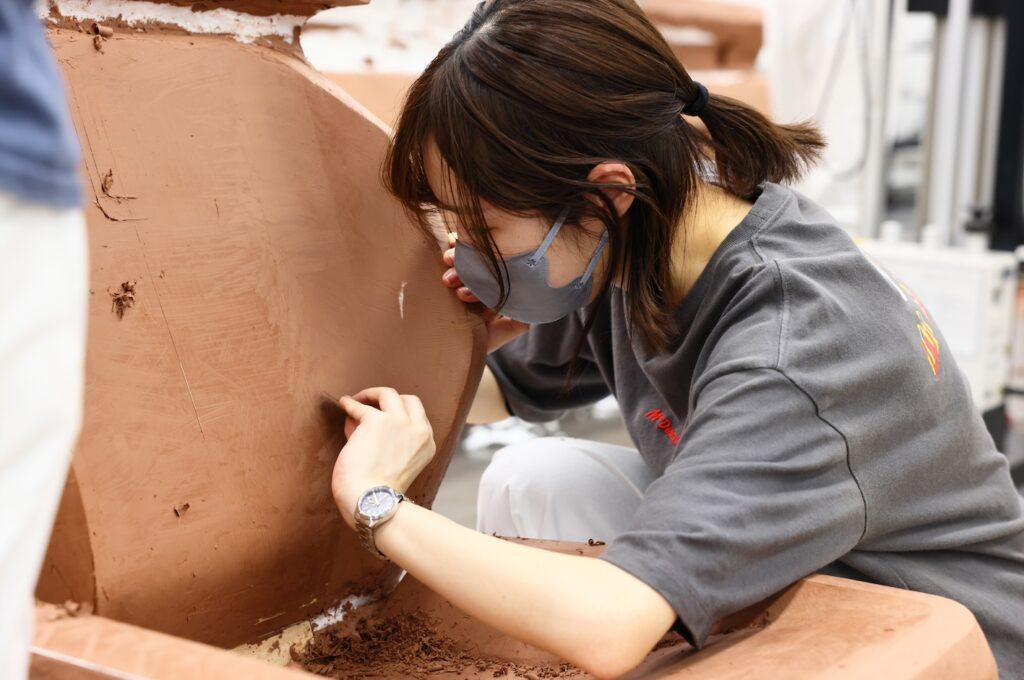
PHOTO: HONDA

![by Car Styling [カースタイリング]](https://motor-fan.jp/wp-content/uploads/2025/04/carstyling-jp_logo.png)
